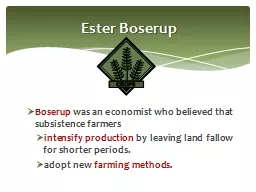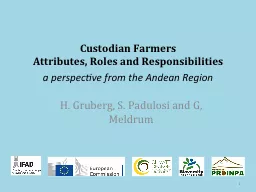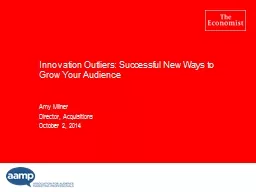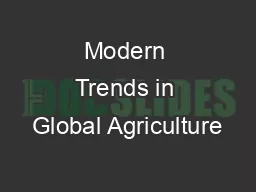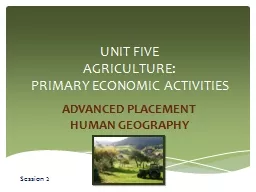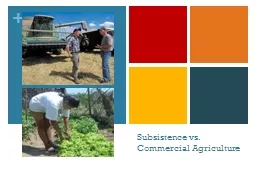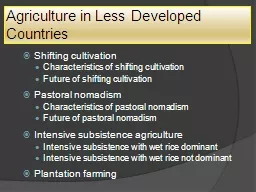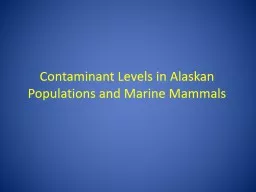PPT-Boserup was an economist who believed that subsistence farmers
Author : jane-oiler | Published Date : 2018-10-23
intensify production by leaving land fallow for shorter periods adopt new farming methods Ester Boserup In order to farm land more efficiently plows must be used
Presentation Embed Code
Download Presentation
Download Presentation The PPT/PDF document "Boserup was an economist who believed ..." is the property of its rightful owner. Permission is granted to download and print the materials on this website for personal, non-commercial use only, and to display it on your personal computer provided you do not modify the materials and that you retain all copyright notices contained in the materials. By downloading content from our website, you accept the terms of this agreement.
Boserup was an economist who believed that subsistence farmers: Transcript
Download Rules Of Document
"Boserup was an economist who believed that subsistence farmers"The content belongs to its owner. You may download and print it for personal use, without modification, and keep all copyright notices. By downloading, you agree to these terms.
Related Documents

